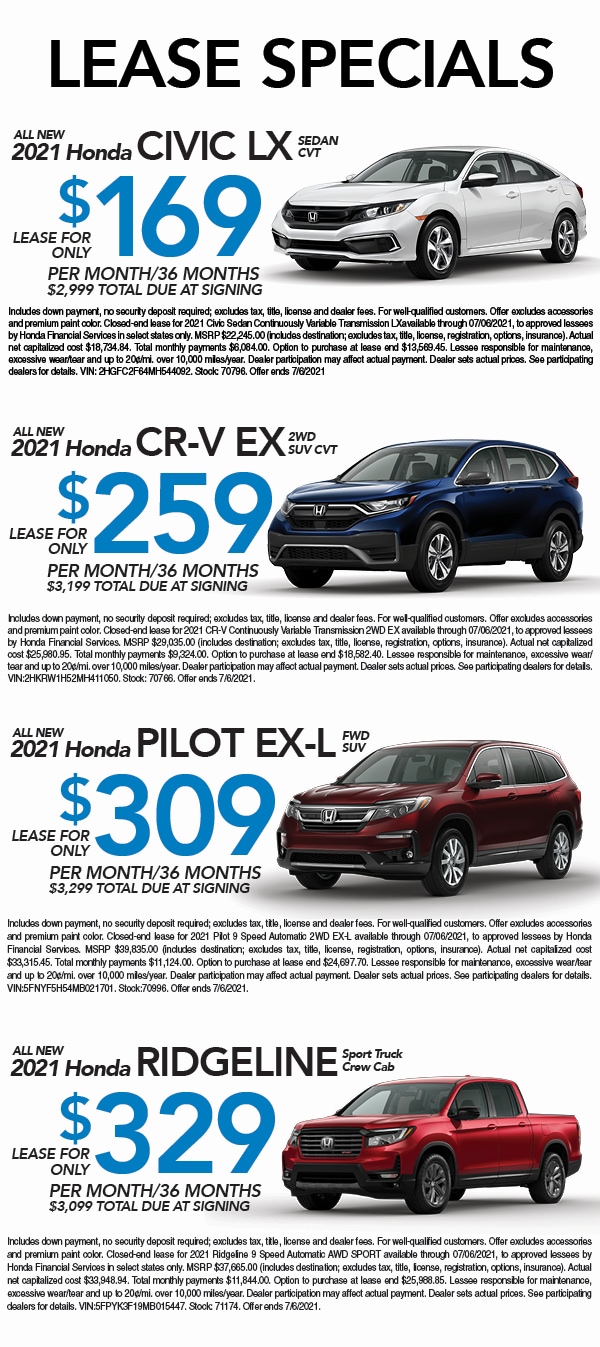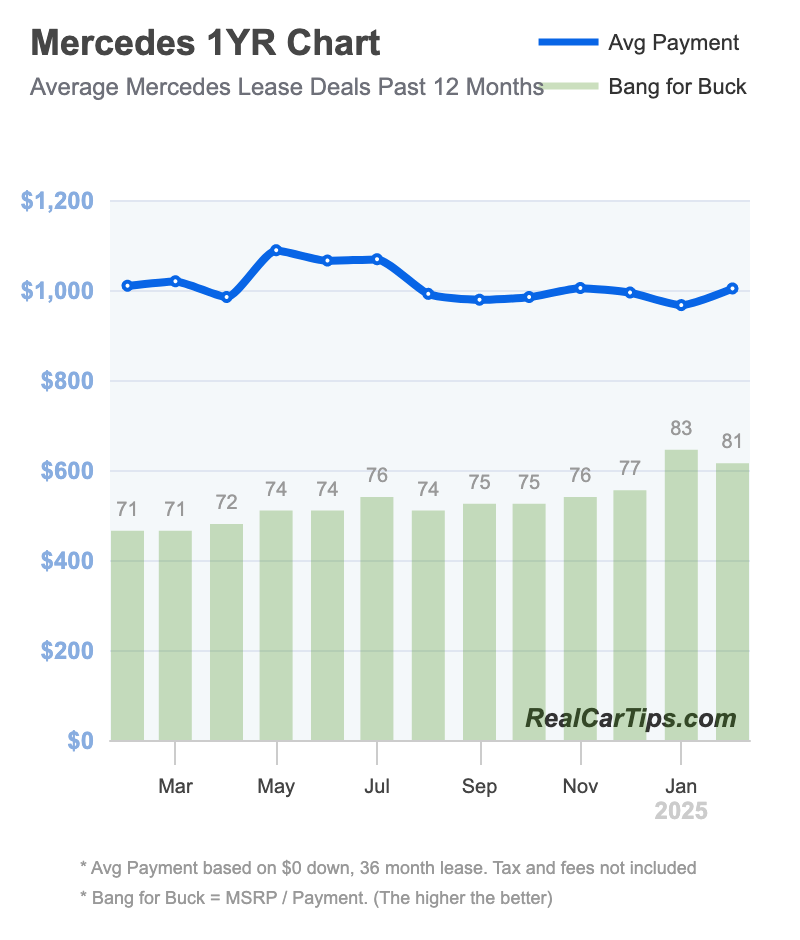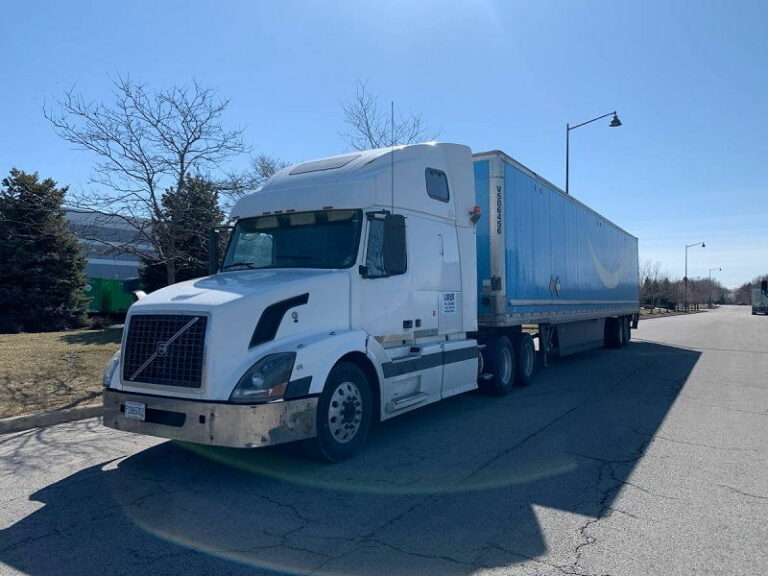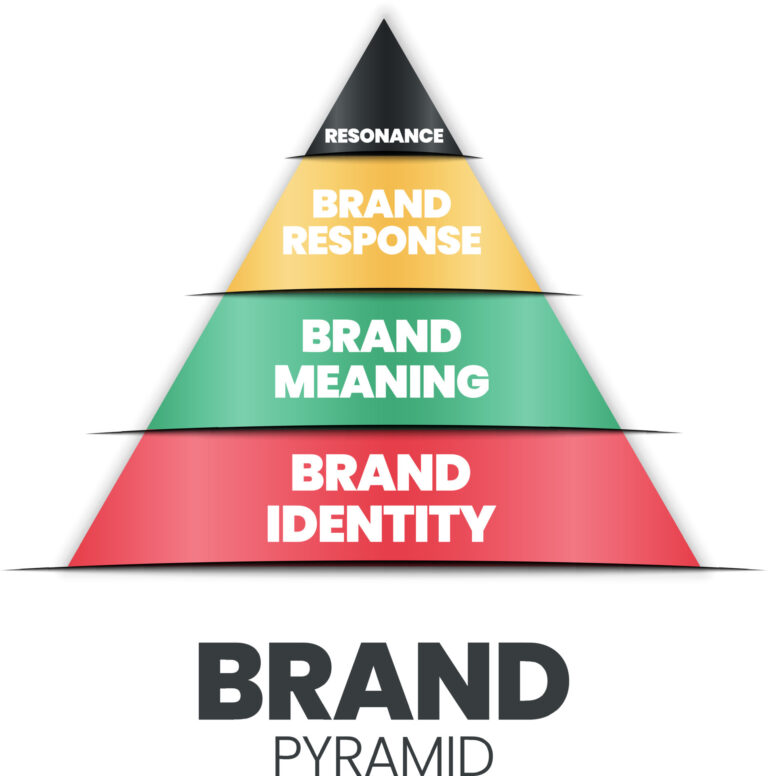Brand New Car Lease Deals: Your Comprehensive Guide to Driving the Latest Models
Brand New Car Lease Deals: Your Comprehensive Guide to Driving the Latest Models cars.truckstrend.com
In the dynamic world of automotive ownership, the allure of driving a brand-new vehicle every few years, complete with the latest technology and safety features, is undeniable. For many, this dream is realized not through outright purchase, but through the increasingly popular option of a Brand New Car Lease Deal. These deals offer a compelling alternative to traditional financing, providing access to the newest models with potentially lower monthly payments and fewer long-term commitments.
This comprehensive guide will demystify brand new car lease deals, exploring everything from the fundamental concepts to strategic negotiation tactics, helping you navigate the market with confidence and secure the best possible agreement for your lifestyle and budget.
Brand New Car Lease Deals: Your Comprehensive Guide to Driving the Latest Models
Understanding the Basics of Car Leasing
Before diving into the specifics of deals, it’s crucial to grasp the foundational elements of car leasing. Unlike buying, where you aim to own the vehicle outright, leasing is essentially a long-term rental agreement. You pay for the depreciation of the vehicle during the lease term, plus interest and fees.
Here are the key terms you’ll encounter:
- MSRP (Manufacturer’s Suggested Retail Price): The sticker price of the vehicle, though often not the price you’ll base your lease on.
- Capitalized Cost (Cap Cost): This is the agreed-upon price of the vehicle for leasing purposes. It’s the most critical number to negotiate, as a lower cap cost directly translates to lower monthly payments.
- Residual Value: The estimated value of the vehicle at the end of the lease term. This is determined by the lessor (often the manufacturer’s financing arm) and is expressed as a percentage of the MSRP. A higher residual value means you’re paying for less depreciation, leading to lower payments.
- Money Factor (MF): This is the interest rate applied to your lease, expressed as a very small decimal (e.g., 0.00200). To convert it to an annual interest rate (APR), multiply by 2400 (e.g., 0.00200 * 2400 = 4.8% APR). A lower money factor is always better.
- Lease Term: The duration of your lease agreement, typically 24, 36, or 48 months.
- Mileage Allowance: The maximum number of miles you’re permitted to drive the vehicle annually without incurring extra charges. Common allowances are 10,000, 12,000, or 15,000 miles per year.
- Acquisition Fee: A fee charged by the lessor for setting up the lease, similar to a loan origination fee.
- Disposition Fee: A fee charged at the end of the lease to cover the cost of cleaning and preparing the vehicle for resale.


Your monthly lease payment is primarily calculated based on the difference between the capitalized cost and the residual value (the depreciation portion), plus the money factor applied to that amount, and any taxes and fees.
The Allure of Brand New Car Lease Deals
Leasing a brand new car offers a unique set of advantages that appeal to a wide range of drivers:
- Lower Monthly Payments: Often, lease payments are significantly lower than loan payments for the same vehicle, as you’re only paying for a portion of the vehicle’s value (its depreciation) rather than its entire purchase price.
- Drive a New Car More Often: Leasing allows you to upgrade to a brand-new model every few years, enjoying the latest safety features, technology, and styling without the hassle of selling your old car.
- Consistent Warranty Coverage: Most lease terms align with the manufacturer’s bumper-to-bumper warranty, meaning you’re covered for unexpected repairs throughout your lease, minimizing out-of-pocket expenses.
- Reduced Maintenance Worries: Since you’re driving a new vehicle, major maintenance issues are rare during the lease term. You’ll primarily be responsible for routine maintenance like oil changes and tire rotations.
- Avoid Depreciation Risk: With a lease, the burden of depreciation falls on the lessor. You don’t have to worry about the car’s resale value plummeting unexpectedly, as the residual value is fixed at the start of the agreement.
- Tax Advantages (for Businesses): For businesses, lease payments can often be tax-deductible, providing a financial benefit that purchasing might not.

Navigating the Market: Finding the Best Deals
Finding an excellent brand new car lease deal requires research, timing, and a bit of negotiation savvy.
- Manufacturer Incentives (Lease Subvention): Automakers frequently offer special lease programs to move inventory. These often include reduced money factors, higher residual values, or lease cash (money that reduces the capitalized cost). These are often the backbone of the best deals.
- Dealer Promotions: Beyond manufacturer incentives, individual dealerships may offer their own promotions, especially if they need to meet sales quotas.
- Timing is Key:
- End of the Month/Quarter/Year: Dealerships are often motivated to hit sales targets during these periods, making them more willing to negotiate.
- New Model Year Releases: As new models arrive, dealers are keen to clear out older inventory of the current model year, which can lead to significant discounts on the capitalized cost.
- Off-Peak Seasons: Consider leasing convertibles in winter or SUVs in summer, as demand (and thus prices) might be lower.
- Negotiating Strategies:
- Negotiate the Capitalized Cost: Treat the capitalized cost as if you’re buying the car. Aim for a price below MSRP, as any reduction here directly lowers your monthly payment.
- Inquire About the Money Factor: Don’t just accept the dealer’s quoted money factor. Ask if it can be lowered. Your credit score will heavily influence this.
- Confirm the Residual Value: While often fixed by the manufacturer, ensure the dealer is using the correct, advertised residual value for the specific trim and term.
- Shop Around: Get quotes from multiple dealerships, even if it means traveling a bit. Use these quotes as leverage to get the best deal.
- Utilize Online Resources: Websites like Edmunds, Leasehackr, and manufacturer websites often list current lease specials, calculators, and forums where you can learn about recent deals.
Key Considerations Before Signing
While appealing, leasing isn’t without its caveats. It’s vital to understand the commitments and potential pitfalls:
- Mileage Limits and Excess Mileage Fees: This is perhaps the most critical consideration. If you routinely drive more than 10,000-15,000 miles a year, leasing might not be cost-effective. Excess mileage fees can range from $0.15 to $0.30 per mile, adding up quickly.
- Wear and Tear Guidelines: Lessors have specific guidelines for what constitutes "normal wear and tear." Dings, dents, significant scratches, torn upholstery, or bald tires can result in charges at lease end.
- Insurance Requirements: Lessors typically require comprehensive and collision coverage with specific liability limits, often higher than what you might carry if you owned the car outright.
- Early Termination Penalties: Getting out of a lease early can be very expensive. The penalties can include the remaining lease payments, taxes, and disposition fees. Explore options like lease transfer services if you need to exit early.
- Credit Score Impact: A strong credit score (typically 700+) is crucial for securing the best money factors and lease terms. A lower score can result in a higher money factor or even a denied application.
- GAP Insurance: This insurance covers the "gap" between what you owe on the lease and the car’s actual cash value if it’s stolen or totaled. It’s often included in lease agreements or highly recommended, as vehicles depreciate rapidly.
The Lease Process: A Step-by-Step Guide
Embarking on a brand new car lease deal can be a smooth process if you follow these steps:
- Determine Your Needs and Budget: What type of car do you need? How much can you comfortably afford each month, including insurance? Consider your annual mileage needs.
- Research Vehicles and Deals: Look up current manufacturer lease specials. Compare different models and trims that fit your criteria. Read reviews and consumer reports.
- Test Drive: Always test drive the vehicle you’re considering. Ensure it meets your comfort, performance, and practical requirements.
- Negotiate Terms: This is where your preparation pays off. Focus on negotiating the capitalized cost first, then discuss the money factor. Don’t be afraid to walk away if the deal isn’t right.
- Credit Application: Once terms are agreed upon, you’ll complete a credit application. The lessor will review your credit history to determine your eligibility and money factor.
- Review and Sign the Contract: This is the most critical step. Read every line of the lease agreement carefully. Understand the mileage limits, wear and tear policy, early termination clauses, and all fees. Don’t hesitate to ask questions if anything is unclear.
- Taking Delivery: Once the paperwork is signed, you’ll take possession of your brand new leased vehicle!
End-of-Lease Options
As your lease term approaches its end, you’ll typically have a few options:
- Return the Vehicle: The most common option. Schedule a pre-inspection to identify any potential excess wear and tear charges. Clean the car thoroughly and remove personal items. Pay any disposition fees and excess mileage/wear and tear charges.
- Purchase the Vehicle: If you love the car and the residual value is fair, you can buy it out. The purchase price is the residual value plus any applicable fees and taxes.
- Lease a New Vehicle: This is often the seamless transition. Many manufacturers offer loyalty incentives to existing lessees who lease another vehicle from them.
- Extend the Lease: Some lessors allow short-term lease extensions (e.g., month-to-month) if you need more time to decide or wait for a new model.
Potential Challenges and Solutions
- Excess Mileage/Wear & Tear:
- Solution: Monitor your mileage throughout the lease. If you anticipate going over, consider buying extra miles upfront (often cheaper) or purchasing the vehicle at lease end. For wear and tear, address minor issues (scratches, small dents) before the final inspection, as independent repair shops might be cheaper than dealer charges.
- Early Termination:
- Solution: Explore lease transfer services (like Swapalease or LeaseTrader) that allow someone else to take over your lease. This can save you from hefty penalties, though you may need to offer an incentive.
- Unexpected Financial Changes:
- Solution: Communicate with your lessor. They might offer temporary payment deferrals or other solutions in hardship cases, though this is not guaranteed.
Practical Advice and Actionable Insights
- Always Compare Multiple Offers: Never take the first deal you’re offered. Get quotes from at least three dealerships and use them to negotiate.
- Don’t Just Focus on the Monthly Payment: A low monthly payment might hide a large down payment or high money factor. Look at the total cost of the lease, including all fees.
- Read the Contract Thoroughly: This cannot be stressed enough. Understand every clause before you sign.
- Know Your Credit Score: Check your credit report before you start shopping. A good score gives you leverage.
- Consider a Shorter Lease Term: While 36 months is common, a 24-month lease keeps you in a new car more frequently and minimizes major maintenance concerns.
- Walk Away if It Doesn’t Feel Right: You are in control. There will always be another deal.
Brand New Car Lease Deals: Example Price Table
Please note: These figures are hypothetical examples for illustrative purposes only. Actual lease deals vary widely based on market conditions, manufacturer incentives, credit score, region, and specific vehicle configurations.
| Car Model/Trim | MSRP (Approx.) | Lease Term (Months) | Annual Mileage | Down Payment | Monthly Payment (Excl. Tax) | Residual Value (%) | Money Factor (Approx. APR) |
|---|---|---|---|---|---|---|---|
| Compact Sedan | |||||||
| Honda Civic LX | $25,000 | 36 | 10,000 | $1,999 | $259 | 60% | 0.00150 (3.6%) |
| Toyota Corolla LE | $24,500 | 36 | 12,000 | $1,999 | $265 | 59% | 0.00165 (3.96%) |
| Mid-Size SUV | |||||||
| Hyundai Santa Fe SE | $32,000 | 36 | 10,000 | $2,499 | $349 | 58% | 0.00175 (4.2%) |
| Subaru Forester Premium | $33,500 | 36 | 12,000 | $2,499 | $369 | 57% | 0.00180 (4.32%) |
| Luxury Sedan/SUV | |||||||
| BMW 330i | $48,000 | 36 | 10,000 | $3,999 | $549 | 56% | 0.00125 (3.0%) |
| Mercedes-Benz GLA 250 | $45,000 | 36 | 10,000 | $3,999 | $529 | 57% | 0.00130 (3.12%) |
| Electric Vehicle | |||||||
| Tesla Model 3 RWD | $40,000 | 36 | 10,000 | $4,500 | $429 | 55% | 0.00100 (2.4%) |
Frequently Asked Questions (FAQ)
Q1: Is leasing right for everyone?
A1: No. Leasing is ideal for those who prefer driving a new car every few years, have predictable mileage, want lower monthly payments, and prefer to avoid the long-term commitment and depreciation risk of ownership. It’s less suitable for high-mileage drivers or those who want to customize their vehicle extensively.
Q2: Can I negotiate a lease deal?
A2: Absolutely! You can negotiate the capitalized cost (the selling price of the car), the money factor (interest rate), and sometimes even the mileage allowance. Don’t just focus on the monthly payment.
Q3: What is a good credit score for leasing?
A3: Generally, a credit score of 700 or higher will qualify you for the best money factors and lease terms. Scores below 650 may result in higher money factors or require a larger down payment.
Q4: What happens if I go over my mileage limit?
A4: You will be charged an excess mileage fee, typically ranging from $0.15 to $0.30 per mile, for every mile over your agreed-upon limit. These charges can add up quickly, so accurately estimate your annual mileage.
Q5: Can I get out of a lease early?
A5: Yes, but it’s usually very expensive. Penalties often include the remaining lease payments, disposition fees, and potentially other charges. Your best bet is to explore lease transfer services if you need to exit early.
Q6: Is GAP insurance necessary for a lease?
A6: Highly recommended, and often required or included in the lease. GAP (Guaranteed Asset Protection) insurance covers the difference between what you owe on the lease and the vehicle’s actual cash value if it’s stolen or totaled. Given rapid new car depreciation, this gap can be substantial.
Q7: Are lease deals better than financing deals?
A7: Neither is inherently "better"; they cater to different needs. Leasing typically offers lower monthly payments and allows for frequent upgrades. Financing leads to ownership and equity, but involves higher payments and the responsibility of selling the vehicle later. Your personal financial situation and driving habits should dictate your choice.
Conclusion
Brand new car lease deals present a compelling pathway to enjoying the latest automotive innovations without the long-term financial commitment of outright ownership. By understanding the core terminology, recognizing the benefits, strategically navigating the market, and being acutely aware of the crucial considerations, you can unlock incredible value and drive the car of your dreams.
Remember, the key to a successful lease is thorough research, smart negotiation, and meticulous attention to the contract details. With an informed approach, you can confidently secure a brand new car lease deal that perfectly aligns with your lifestyle, ensuring a refreshing and exciting driving experience every few years.




